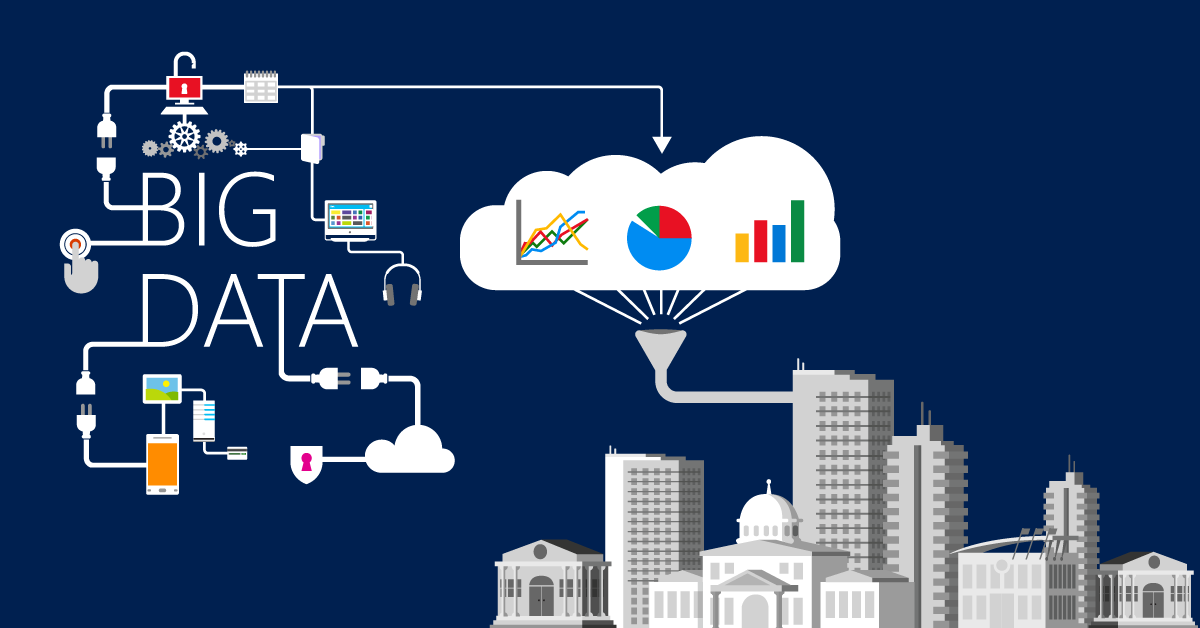
Oracle has been a leader in the big data movement since its inception. Back in March, they introduced a new solution called Big Data SQL 3.0.
Oracle Database customers frequently use Hadoop and NoSQL, so Big Data SQL 3.0 was developed with them in mind. Here are the three main benefits.

Oracle has been a leader in the big data movement since its inception. Back in March, they introduced a new solution called Big Data SQL 3.0.
Oracle Database customers frequently use Hadoop and NoSQL, so Big Data SQL 3.0 was developed with them in mind. Here are the three main benefits.
Compatible With Major Hadoop Services
The biggest advantage of Big Data SQL 3.0 is that it supports all major Hadoop platforms, including Cloudera CDH and Hortonworks HDP. If you haven’t started using Hadoop yet, you may not see why this is such a valuable feature.
A Gartner survey recently found that 26% of executives are using Hadoop. This figure is expected to surge in the coming years. “Hadoop (is) in the early majority of the market at the classic inflection point of its adoption curve,” states Hortonworks VP of Corporate Strategy, Shaun Connolly.
Greater Support for Database Platforms
Do you find customer support is limited on many Oracle database services? That has changed with Big Data SQL 3.0. Oracle Database 12c and Oracle Exadata offer better support than ever.
Makes Accessing Data Even Easier
Conducting data queries has always been a challenge for big data users. While Hadoop services are more efficient at extracting data than many other options, they aren’t flawless.
Fortunately, Big Data SQL 3.0 has a number of new tools that makes the task easier. You can read more about them on the Oracle Blog. These features include:
- Predicate Push-Down is a great feature for efficiently reading static variables. This feature will likely be incorporated into construction project management software and other tools that are highly reliant on static data sets.
- Smart Scan lets you parse data that has been accidentally altered or destroyed with Predicated Push Down.
- New Storage Indexes contain data more efficiently.
Oracle is likely to introduce additional tools in the future. The question is whether they will be released with Big Data SQL 4.0 or add-ons to the current platform.
Setting up a new Big Data SQL 3.0 system is pretty straightforward. You can usually get it up and running within a couple of hours. You can consult with a company that does SAP Implementation if you don’t want to take the steps yourself.
How Will Big Data SQL 3.0 Be Received?
Oracle claims Big Data SQL 3.0 will make big changes for big data. However, there has been surprisingly little news about it. This could be due to the fact that Hadoop is being adopted slower than expected.
However, Big Data SQL 3.0 is likely to gain traction as more people start embracing Hadoop. James Nunns states that Oracle is likely to dominate the market since it is already the biggest player.
“Oracle is the market leader in the database sector dominating over 40% of it. The company’s latest database version is 12c, with the c standing for cloud, highlighting Big Red’s transition to the cloud… The database took four years to develop and offers features such as database consolidation, query optimization, performance tuning, high availability, partitioning, backup and recovery and numerous others.”
Big data is already playing a significant role in shaping the future of the gaming industry, which is constantly trying to improve the experience of its 275 million users. According to research from DataFloq, companies like Roulette Geeks are using big data to monitor player activity and determined which games are most popular. They are also beginning to use big data to monitor different factors that affect the user experience. Over time, big data will help them improve the customer experience and ensure customers make larger deposits.
The real question appears to be when, not if, Hadoop will take off. After it becomes an industry standard, Big Data SQL 3.0 will probably be close behind.